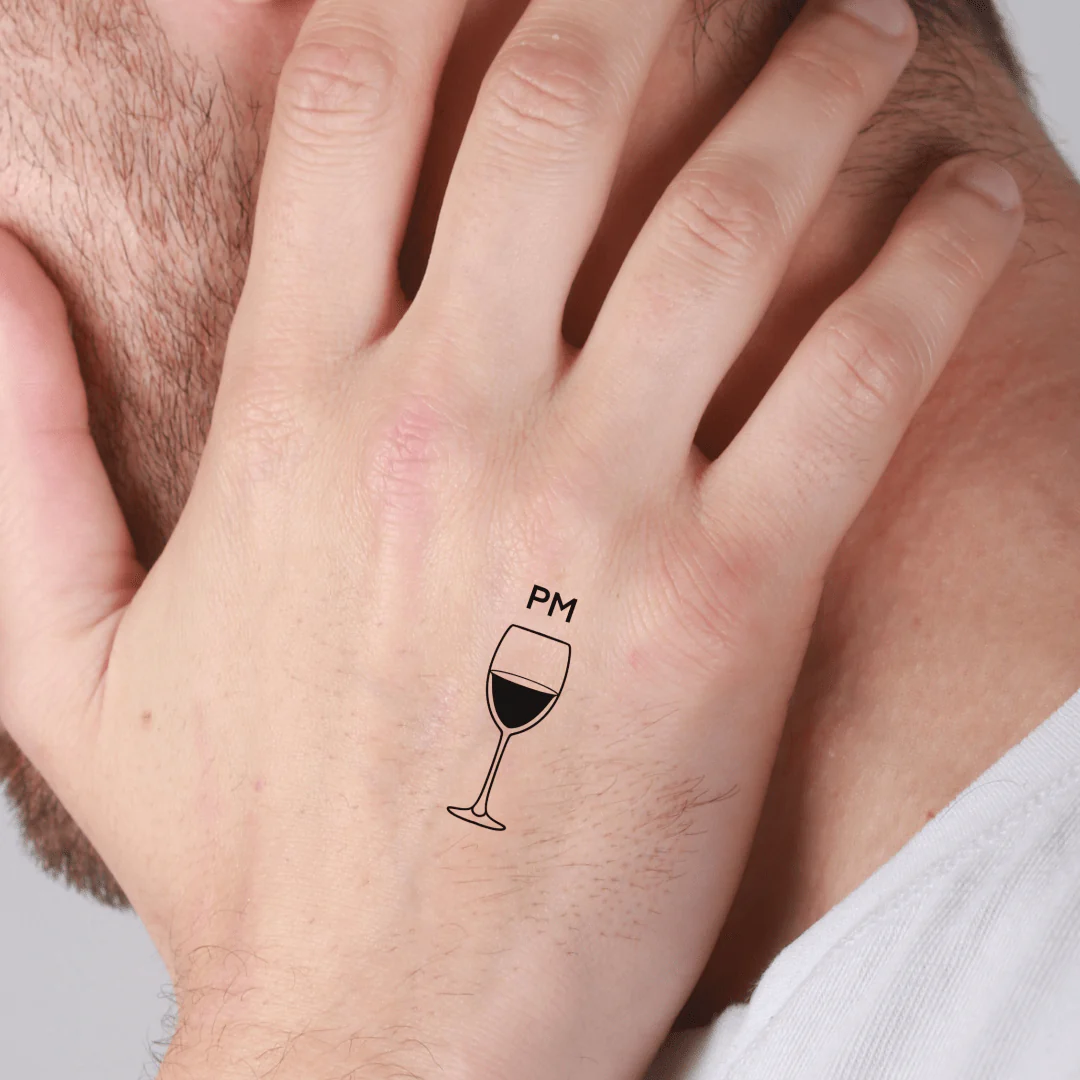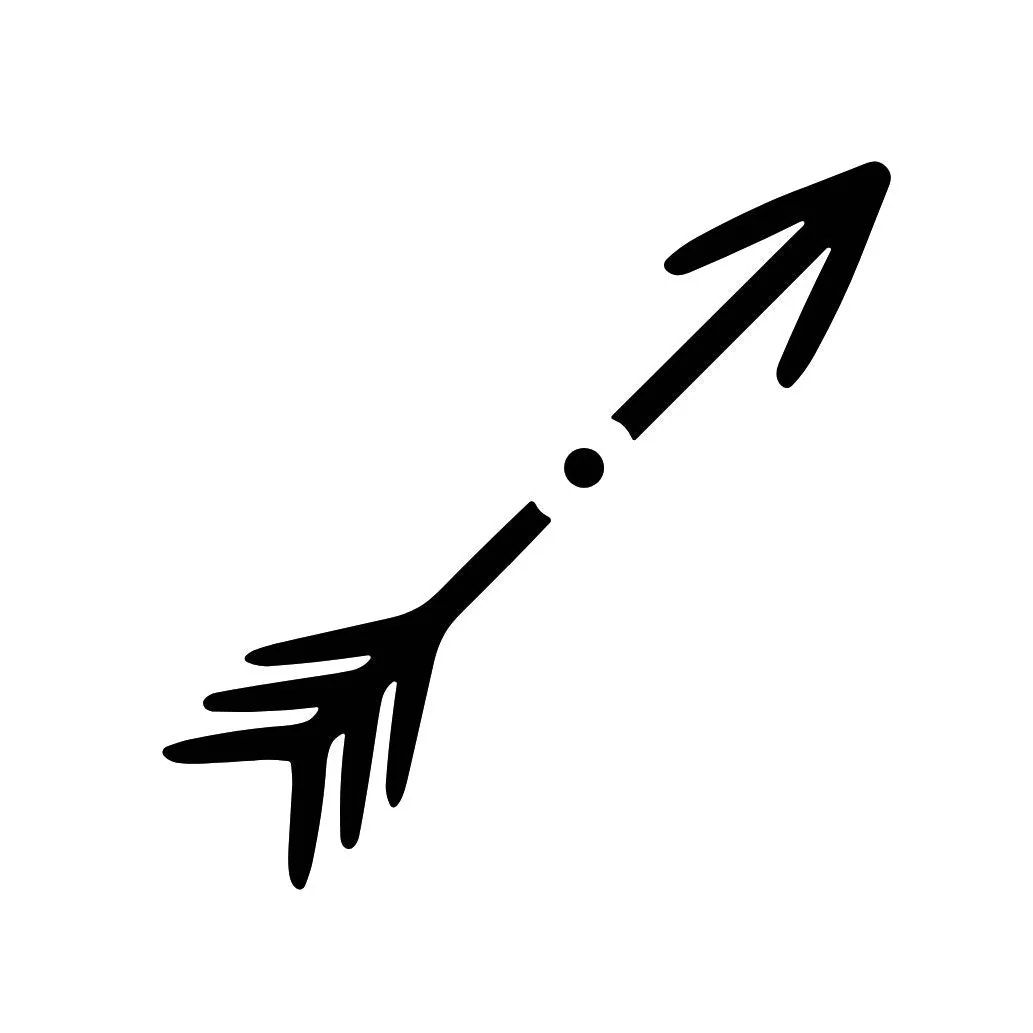Natural Temporary Tattoos
Filter
Sort by:
All temporary tattoos from Temporalis
Temporary tattoos are the perfect way to express your individual style and personality without making a lifetime commitment. More and more people are discovering the wide variety and aesthetic appeal of temporary tattoos. At Temporalis, we are one of the European market leader in temporary tattoos. Here you'll find a huge selection of different designs, from which you're sure to find something to suit you.
What is a temporary tattoo?
Temporary tattoos are temporary designs or images that are applied to the skin to create the impression of a permanent tattoo. Unlike permanent tattoos, temporary tattoos do not penetrate the skin layer but adhere to the surface of the skin. They offer a temporary opportunity to express your own style without having to make a permanent choice.
At Temporalis, we have worked with tattoo experts on a very special technique that allows our 100% natural ink to penetrate the first layer of skin. Unlike traditional adhesive tattoos, our designs don't stick to the skin and don't degrade as quickly. This means our designs are visible for up to two weeks.
Popularity of temporary tattoos
Temporary tattoos are becoming increasingly popular, with young and old alike. They are not just a fashion accessory, but also have cultural significance. Temporary tattoos are often worn at festivals and other events and are part of pop culture. What's more, they offer the chance to try out creative tattoos without having to commit to a permanent decision.
As you can see, the possibilities are endless. As described above, our temporary tattoos are in high demand, especially during the warmer months. With so many events taking place in the summer, you can reinvent your look every time.
Reasons to choose a temporary tattoo
The appeal of temporary tattoos lies in their flexibility and ability to be changed. Unlike permanent tattoos, temporary tattoos can be removed at any time and replaced with new designs. They allow you to show off your own style and try out different looks without having to deal with the long-term consequences. Temporary tattoos also serve to express your personality and can be used on special occasions or to make a fashion statement.
Different types of temporary tattoos
- Henna tattoos: Henna is a natural vegetable paste that is applied to the skin and produces an orange-brown color. Henna tattoos are especially popular in traditional Indian culture.
- Water transfer tattoos: with this technique, the tattoo design is printed on special transfer paper and then transferred to the skin using water. This type of temporary tattoo is particularly easy to use and offers a wide variety of designs.
- Self-adhesive tattoos: these are prefabricated designs that are stuck onto the skin. They come in different shapes, sizes and designs and are easy to apply and remove.
- Airbrush tattoos: airbrush tattoos are sprayed onto the skin using a compressed air gun. They allow for greater precision and can be created in different colours and designs.
Our Temporalis tattoos are the closest thing to water transfer tattoos. Applying the designs to your skin is easy. Just dab the tattoo with a damp cloth and remove the film. That's it – your tattoo is applied. In general, it takes between 12 and 24 hours for the colour to develop and for the realistic designs to be visible on your skin.
Temporary tattoos vs. Henna tattoos
There's no doubt about it: temporary tattoos are better than henna tattoos. We're not trying to denigrate other types of tattoos, but we're going to show you why we think temporary tattoos are the better choice. Here are five reasons why temporary tattoos are better:
- Design diversity: temporary tattoos offer an incredible choice of designs, styles and patterns. There are countless possibilities to choose from, whether you want a realistic image, an abstract design or an animal motif. Henna tattoos, on the other hand, are limited to traditional designs and don't offer the same variety of options.
- Easy to apply and remove: temporary tattoos are extremely easy to apply. You don't need any specialist knowledge or experience to apply them. It's a simple process that usually just involves transferring a decal to the skin. Temporary tattoos are easy to apply and remove. Henna tattoos require a special paste and waiting for it to dry, as well as more effort and time to remove.
- A longer lifespan: temporary tattoos remain on the skin for several days or weeks, depending on the quality and application. Henna tattoos fade gradually after application. If you want a longer-lasting temporary tattoo, take a look at our different designs. You're sure to find what you're looking for.
- Adaptability: with temporary tattoos, you can adapt the design and location of the tattoo to suit you. You can try out different designs, change the size or even combine several tattoos to create a unique look. With henna tattoos, this type of adaptation is limited or impossible.
- No allergic reactions: Some people are sensitive to the ingredients in henna pastes and develop allergic reactions. Temporary tattoos are generally gentle on the skin and rarely cause allergic reactions. These arguments show that temporary tattoos are a more practical and versatile option for enjoying temporary body art.
How to apply temporary tattoos
Applying temporary tattoos requires a certain amount of preparation and care. Here are a few simple steps to follow:
- Prepare your skin: make sure your skin is clean, dry and free of oils or lotions.
- Apply the tattoo: remove the protective film and place the tattoo on the printed side of your skin. Then soak it in water (preferably with a damp cloth). Press down firmly on the tattoo until it adheres completely to your skin. Then remove the backing paper.
- Prolonging the tattoo's life: avoid excessive rubbing, scratching or contact with oils to prolong the life of your tattoo. In fact, perspiration enhances the effect of the ink, allowing your tattoo to penetrate the first layer of skin more quickly.
How to remove temporary tattoos
If you want to get rid of your temporary tattoo, you can do so in a number of ways. For example, you can use home remedies to remove your temporary tattoo. You can also use a skin exfoliant. Gently coat the tattoo with baby oil or olive oil and remove it with a cloth. Repeat this process until the tattoo is completely removed.
Temporary tattoos vs. permanent tattoos: the differences are clear
Temporary and permanent tattoos differ in a number of ways.
- Durability: temporary tattoos have a limited lifespan, whereas permanent tattoos are long-lasting and require a lifelong commitment.
- Flexibility: temporary tattoos allow you to change your look and try out different designs. Permanent tattoos, on the other hand, require a long-term decision.
- Pain and risks: A permanent tattoo is a big commitment. It can be painful and carries certain risks, such as infection in rare cases. Also, the tattooist may not work properly, and the design may be different at the end. Temporary tattoos are painless and carry a very low risk of side effects.
Advantages and disadvantages of temporary tattoos
Temporary tattoos have advantages and disadvantages that must be taken into account when making a decision.
Advantages:
- Flexibility and changeability
- No permanent obligations
- Pain-free application
- Variety of designs and styles
- Suitable for testing tattoo ideas
Disadvantages:
- Shorter lifespan compared to permanent tattoos
Safety and risks of temporary tattoos
When using temporary tattoos, it's important to consider the safety aspects to minimise the risks.
Allergic reactions and skin irritations: Some people may be allergic to the ingredients contained in temporary tattoos. It is advisable to do a patch test before application.
Temporary tattoos are a versatile way to express your individual style and personality without making a lifetime commitment. They are becoming increasingly popular because of their flexibility, cultural significance and aesthetic appeal. With a wide choice of designs and motifs, there's something to suit everyone.


































































































